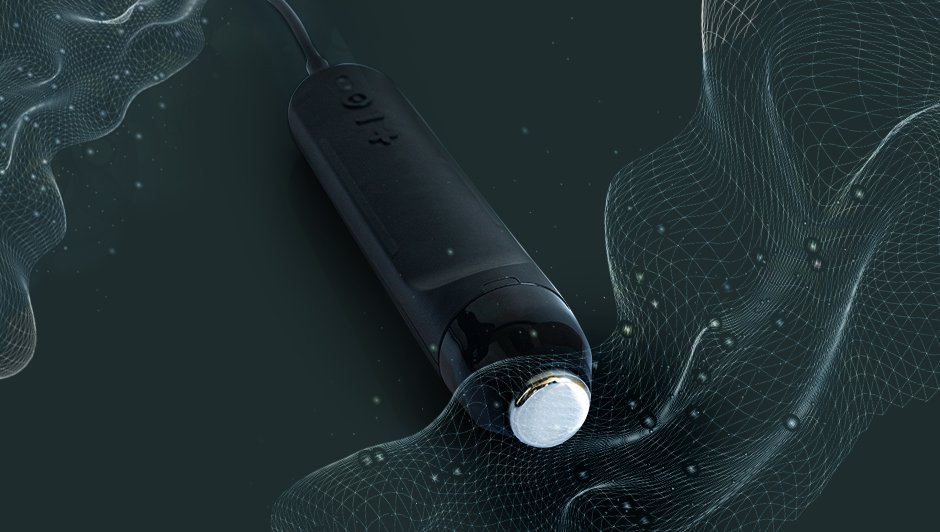Use of a TriPollar radio-frequency device for the treatment of acne vulgaris
Jonathan Nevin T Yu , Pamela Huang
Abstract
Introduction: Acne vulgaris is a common disease affecting mainly teenagers and young adults. Current treatment modalities include local or systemic medications, which often require a long intake. Light and radio-frequency (RF) devices have recently been used to treat acne in selected patients.
Objective: To evaluate the safety and efficacy of TriPollar RF technology for non-invasive treatment of acne vulgaris lesions.
Methods: Twenty patients with active acne lesions underwent TriPollar RF treatments once a week for 6 weeks. Results were evaluated using photographs and active lesion counts at baseline, before subsequent treatment sessions and at follow-up visits. Patients also rated their satisfaction on a 5-score rating scale.
Results: An average reduction of 42% in active acne lesions was found after six TriPollar sessions, which was sustained at the 4-week follow-up visit. The average improvement rated by patients at the 4-week follow-up visit was 2.5, indicating good to very good satisfaction with the clinical results. No significant adverse events were recorded during the study and follow-up period.
Conclusion: The findings confirm the safety and efficacy of TriPollar RF for the treatment of acne vulgaris.
Similar articles
Lee SJ, Goo JW, Shin J, Chung WS, Kang JM, Kim YK, Cho SB.Dermatol Surg. 2012 Mar;38(3):400-5. doi: 10.1111/j.1524-4725.2011.02267.x. Epub 2011 Dec 30.PMID: 22211476
Cho SI, Chung BY, Choi MG, Baek JH, Cho HJ, Park CW, Lee CH, Kim HO.Dermatol Surg. 2012 Jul;38(7 Pt 1):1017-24. doi: 10.1111/j.1524-4725.2012.02402.x. Epub 2012 Apr 9.PMID: 22487513
Ruiz-Esparza J, Gomez JB.Dermatol Surg. 2003 Apr;29(4):333-9; discussion 339. doi: 10.1046/j.1524-4725.2003.29081.x.PMID: 12656809
The new age of acne therapy: light, lasers, and radiofrequency.
Rotunda AM, Bhupathy AR, Rohrer TE.J Cosmet Laser Ther. 2004 Dec;6(4):191-200. doi: 10.1080/14764170410008124.PMID: 16020203 Review.
Use of lasers and light-based therapies for treatment of acne vulgaris.
Mariwalla K, Rohrer TE.Lasers Surg Med. 2005 Dec;37(5):333-42. doi: 10.1002/lsm.20276.PMID: 16365889 Review.
See all similar articles
Cited by
Schultheis M, Staubach P, Grabbe S, Ruckes C, von Stebut E, Kirschner U, Matusiak Ł, Szepietowski JC, Nikolakis G.Dermatology. 2022;238(6):1092-1103. doi: 10.1159/000524739. Epub 2022 Jun 9.PMID: 35679831 Free PMC article. Clinical Trial.
Recent advances in the treatment of acne using radiofrequency techniques.
Zhang X, Zhou M, Liu Y, Zeng R.Lasers Med Sci. 2024 Mar 19;39(1):92. doi: 10.1007/s10103-024-04039-6.PMID: 38499897 Review.
Alvaro P, Alberto O, Matia F, Beatrice Marina P.Skin Res Technol. 2023 Jun;29(6):e13385. doi: 10.1111/srt.13385.PMID: 37357641 Free PMC article. No abstract available.
Liang Y, Li L.Clin Cosmet Investig Dermatol. 2022 Nov 7;15:2383-2389. doi: 10.2147/CCID.S389705. eCollection 2022.PMID: 36387966 Free PMC article.
van Zuuren EJ, Arents BWM, Miklas M, Schoones JW, Tan J.Br J Dermatol. 2021 Jul;185(1):36-51. doi: 10.1111/bjd.19675. Epub 2020 Dec 28.PMID: 33176002 Free PMC article. Review.

